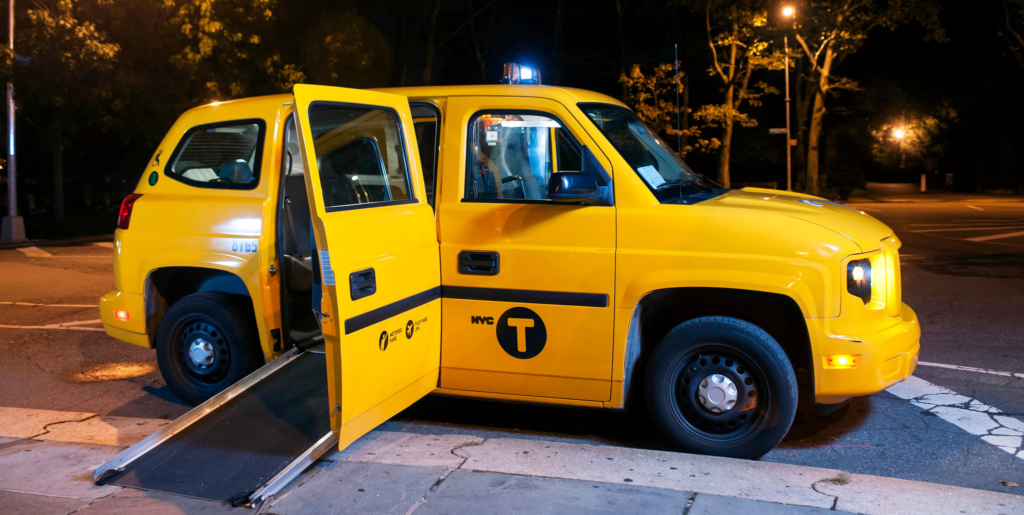Enhancing Mobility: The importance of Wheelchair-Friendly Taxis
Accessible transportation is essential for individuals with mobility challenges, ensuring they can travel safely and independently. Wheelchair-friendly taxis provide a 復康車司機 c rucial service by offering specially designed vehicles equipped with ramps, lifts, and spacious interiors. These taxis make it easier for wheelchair users to board and exit without requiring excessive physical assistance. Many cities worldwide are adopting policies to increase the availability of wheelchair-accessible taxis, helping create a more inclusive transportation system. As public awareness grows, demand for these specialized services continues to rise, highlighting the need for expanded accessibility options in both urban and rural areas.

One of the primary benefits of wheelchair-friendly taxis is the level of independence they provide for individuals with disabilities. Traditional taxis often lack sufficient space or proper accommodations, making travel difficult for wheelchair users. In contrast, accessible taxis include features such as hydraulic lifts, non-slip flooring, and secure tie-downs, ensuring passengers can travel comfortably and safely. Additionally, trained drivers play an essential role by assisting passengers when needed and ensuring a smooth and dignified journey. The availability of such taxis allows individuals with mobility impairments to attend work, medical appointments, and social events without relying on others for transportation.
Despite the clear advantages, challenges remain in the widespread adoption of wheelchair-friendly taxis. In many cities, there is a shortage of accessible taxis, leading to longer wait times for those who rely on them. Some taxi companies hesitate to invest in wheelchair-accessible vehicles due to higher costs associated with modifications and maintenance. To address this issue, several governments offer financial incentives, such as subsidies or tax breaks, to encourage taxi operators to expand their fleets. Additionally, advocacy groups continue to push for better regulations and increased funding to ensure equal access to transportation services for all individuals, regardless of physical ability.
Technology has also played a significant role in improving access to wheelchair-friendly taxis. Many taxi companies now offer online booking systems and mobile apps that allow users to specifically request an accessible vehicle. These platforms often include features such as GPS tracking, estimated arrival times, and driver contact details, making it easier for passengers to plan their journeys. Some ridesharing services have also introduced wheelchair-accessible options, further enhancing transportation choices for people with disabilities. The integration of technology not only streamlines the booking process but also helps ensure that wheelchair users receive reliable and efficient service.
Looking ahead, the future of wheelchair-friendly taxi services depends on continued investment and innovation. Autonomous and electric wheelchair-accessible taxis could revolutionize the industry, providing eco-friendly and cost-effective solutions for accessible transport. However, ongoing efforts are needed to increase availability and affordability, ensuring that individuals with disabilities can travel with ease. Governments, businesses, and communities must work together to eliminate barriers and promote inclusive transportation policies. By prioritizing accessibility, society can empower individuals with mobility challenges to live independently and participate fully in everyday activities, fostering a more equitable and inclusive world.